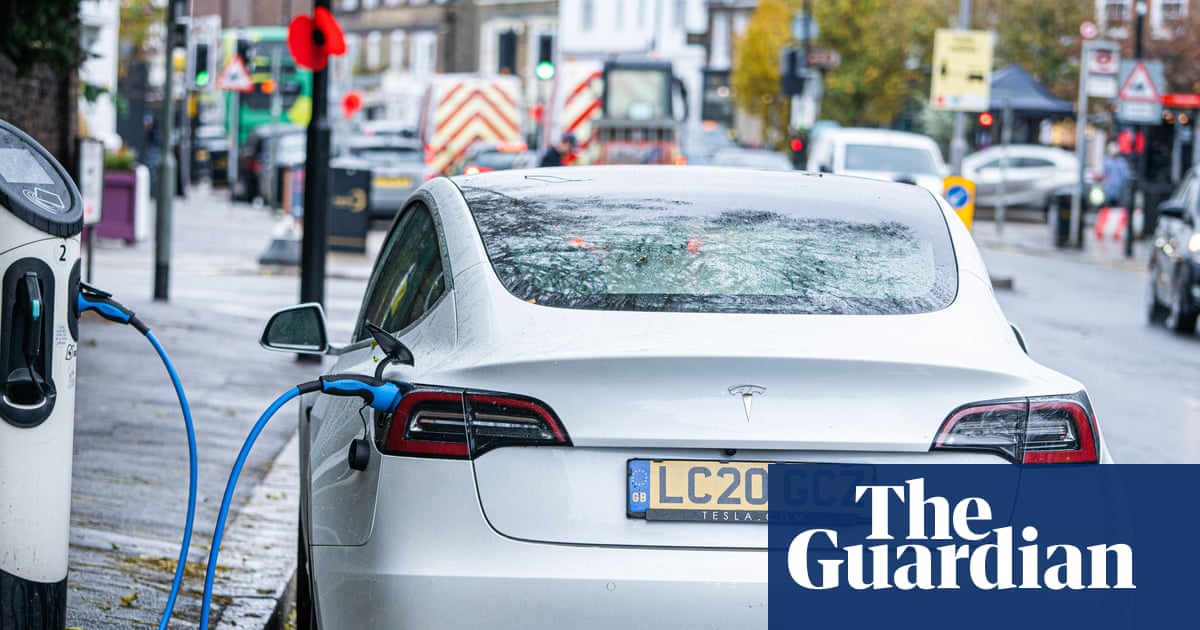For Danish teenagers, getting enrolled for MitID (my ID) has become somewhat of a rite of passage.
From the age of 13, Danes can enrol for the national digital ID system, which can be used for everything from logging into online banking to signing documents electronically and booking a doctor’s appointment.
But when they hit 15, all children and their parents receive a letter from the government advising them that from now on, the teenagers will receive their own official communications from authorities which will be sent to them via “digital post”, and they will need digital ID to access it.
While there is the option to opt out and instead receive physical mail, few do. Today, 97% of the Danish population aged 15 and over is enrolled in MitID and only 5% of Danes have opted out of digital post.
The British government, which recently announced plans to introduce a digital ID scheme in the UK by 2029, said it would “take the best aspects” of such systems around the world, including those in Denmark and Estonia.
Keir Starmer, the UK prime minister, has said the new ID would be an app-based system rather than a physical card and hold information on residency status, name, nationality, date of birth and a photo. It would be compulsory to have one to work in the UK.
In Denmark, it has taken time to get people accustomed to using digital ID. Enabling people to use it for key apps such as banking was crucial to making it a success, said Adam Lebech, the deputy director general of Denmark’s agency for digital government, and the introduction of digital post had also helped drive take-up.
To try to improve access among older generations, volunteers have been trained to show elderly people how to use it. “Up until about 85 years of age the numbers [of those using digital ID] are very high and then it drops after that,” said Lebech.

Like Britain, Denmark has never had a physical national ID card, but it has been developing its digital ID scheme since 2001. In 2022 it completed the move over to its third iteration, MitID, which Lebech said was more secure than its predecessor. It is usually used as an app on a smartphone or tablet but can also take the form of a code display or audio code reader for those who are not able to use an app.
Peter Christian Bech-Nielsen, the tech correspondent at the Danish newspaper Ingeniøren (the Engineer), said the digital ID scheme worked well and, so far at least, had come up against little friction from citizens. “Because we are a country where most people trust politicians and the public sector to a high degree, this has been pretty uncontroversial,” he said.
But, he added, attitudes to surveillance were changing – in part because of increased awareness of online tracking and public discussion around the subject. “In Denmark in the last 20 years it has been going in one direction only, which is more surveillance, more control. At some point that’s bound to have some repercussions.”
At a time of increased instability and heightened threat of sabotage and hybrid warfare across Europe, digitisation also comes with considerable risk if the system goes down.
“In the old days you could pretty much walk into a municipal office. You cannot really do that any more,” said Bech-Nielsen. “You have to book an appointment online. So that would be very hard [in the event of a digital system failure], which definitely makes us a less resilient society in terms of hybrid warfare.”
Lebech said the digital security threat level was constantly high, an “enormous challenge.” There were, he added, “constantly threats against it” – mainly from social engineering. “It requires constant development and constant battles against criminals,” he said.
after newsletter promotion

In Estonia, the establishment of a national digital ID card goes even further back. The idea started to gain traction in the 1990s after Estonia redeclared its independence from the Soviet Union and needed to rebuild its institutions.
“With limited resources but strong technical talent, the government saw digitalisation as a way to deliver public services efficiently and transparently,” said Kristiina Kriisa, a spokesperson for the e-Estonia Briefing Centre. “The goal was to streamline paperwork, reduce bureaucracy, and enable citizens to interact with the state from anywhere.”
When Estonia first introduced its national digital ID card in 2002, it became one of the first countries in the world to connect a physical ID document to secure online authentication and legally binding digital signatures. Now citizens can use it to vote digitally, file their taxes and use online banking; an analogue option is maintained. The country also invested heavily in digital literacy in schools.
Kriisa said most Estonians were open to new ideas but there were some fears over privacy and security. “The government addressed this by building a legal and technical framework based on trust: citizens own their own data, can see who has accessed it, and are protected by strong data protection laws,” she said. “Due to this transparency, opposition was limited and never became a significant political obstacle. People could see the system worked and saved them time.”
As well as using strong encryption and a public key infrastructure (PKI) – which means every card or mobile ID contains unique cryptographic keys – access to sensitive data is logged. Citizens can view their logs themselves, and a national cybersecurity team is constantly on the lookout for threats.
Leif Kalev, a political studies professor at Tallinn University, said on the whole, Estonians had “generally been quite willing to accept some reduction in personal freedoms in exchange for technological innovation and new opportunities”. But, he said, the growing body of digital data about individual citizens had prompted worries among some.
“The biggest questions have arisen around the fact that the accumulation of digital data about individuals allows for increasingly extensive analysis and knowledge about a person, raising the issue of what the reasonable limits of this should be – from banks and stores to the police and tax authorities,” he said.
There are also concerns about the vote-counting system for e-voting. “Certainly, the growing computing power, such as with quantum computers, also poses challenges –the nature of which will become clear in time,” Kalev said.

.png) 1 month ago
44
1 month ago
44

















































